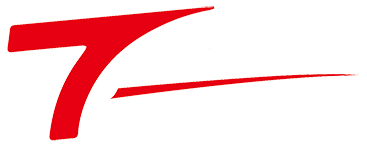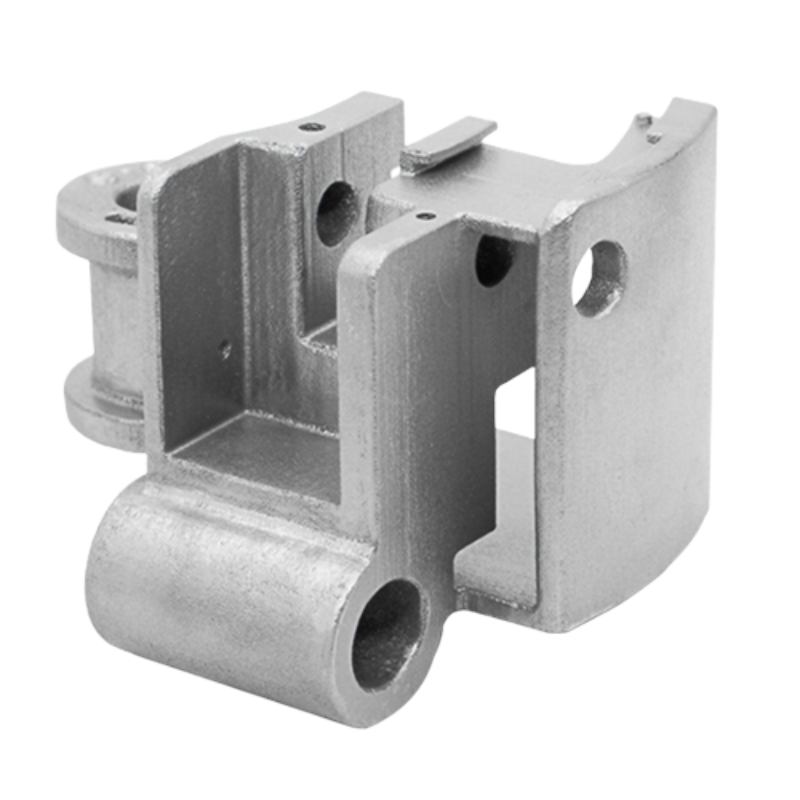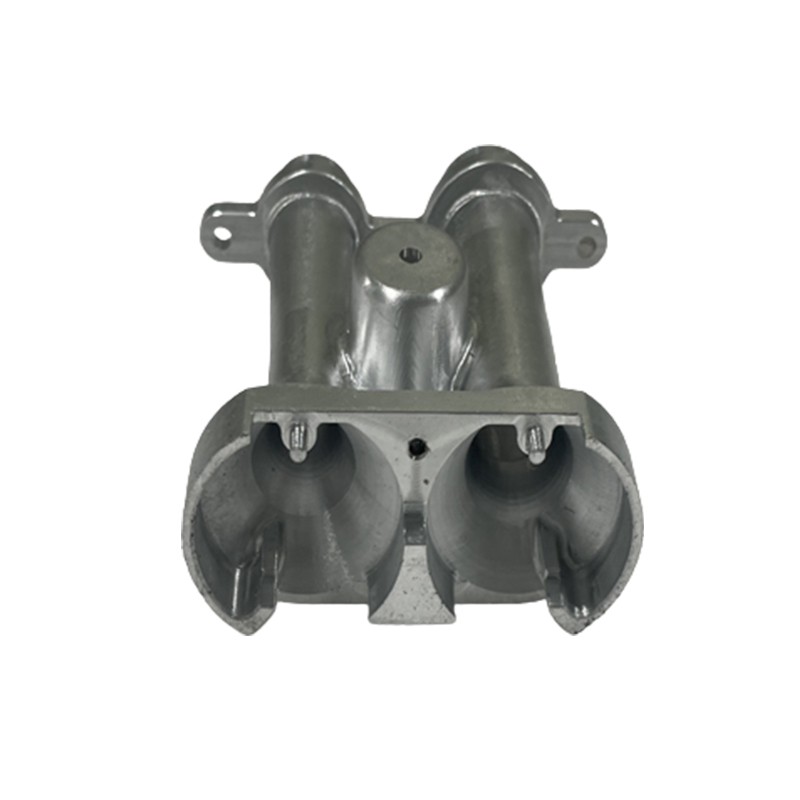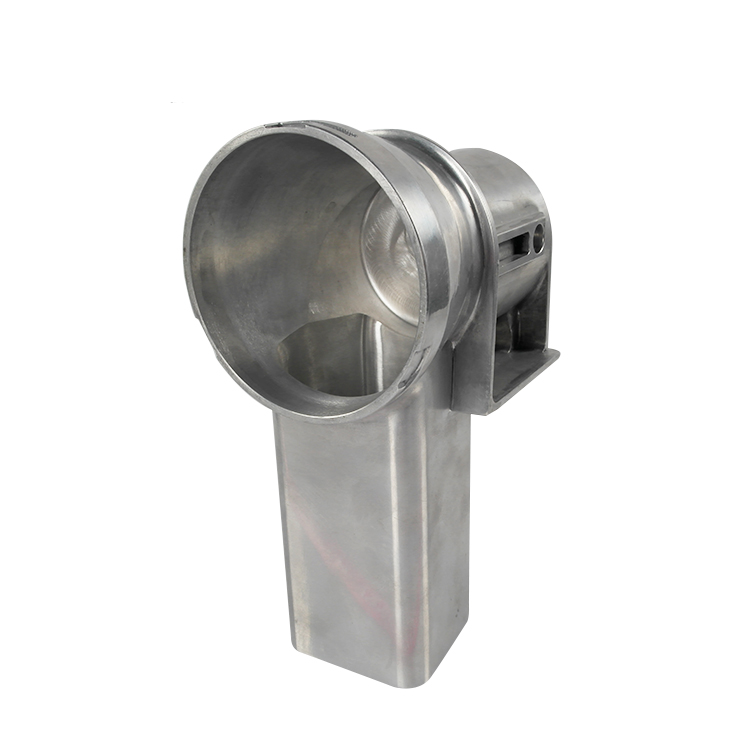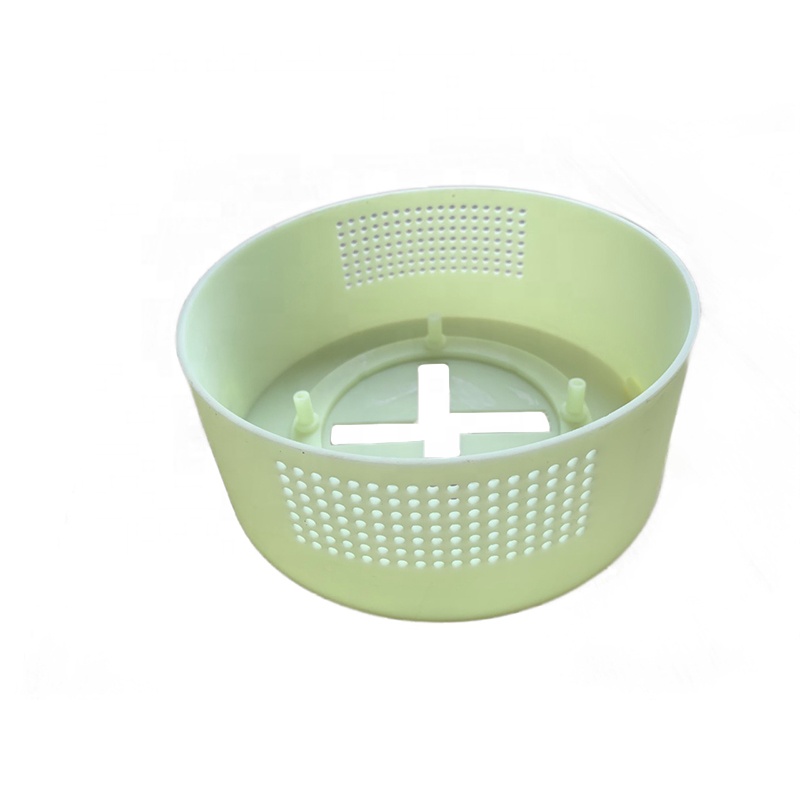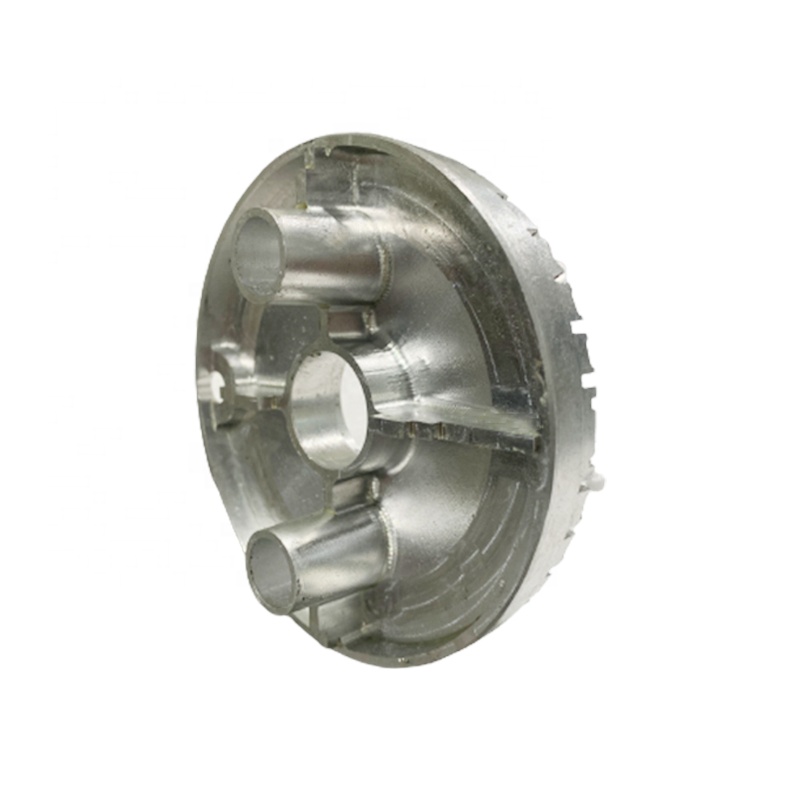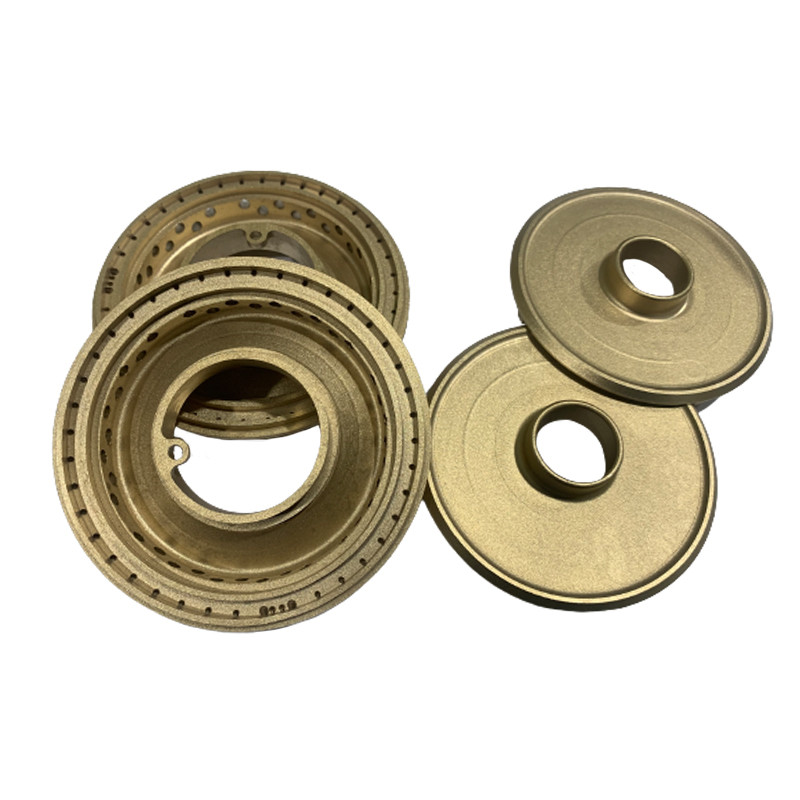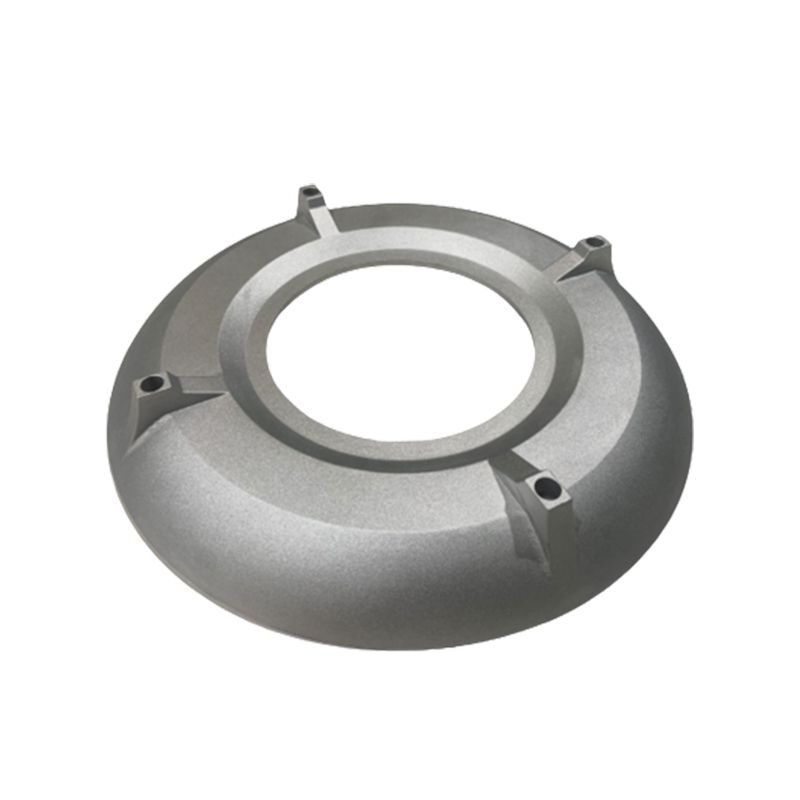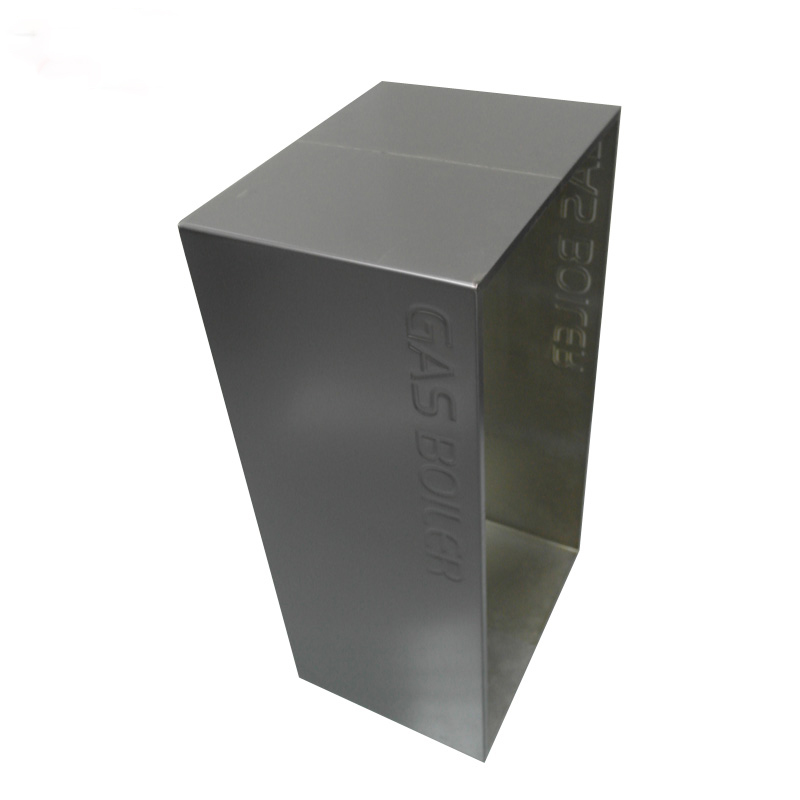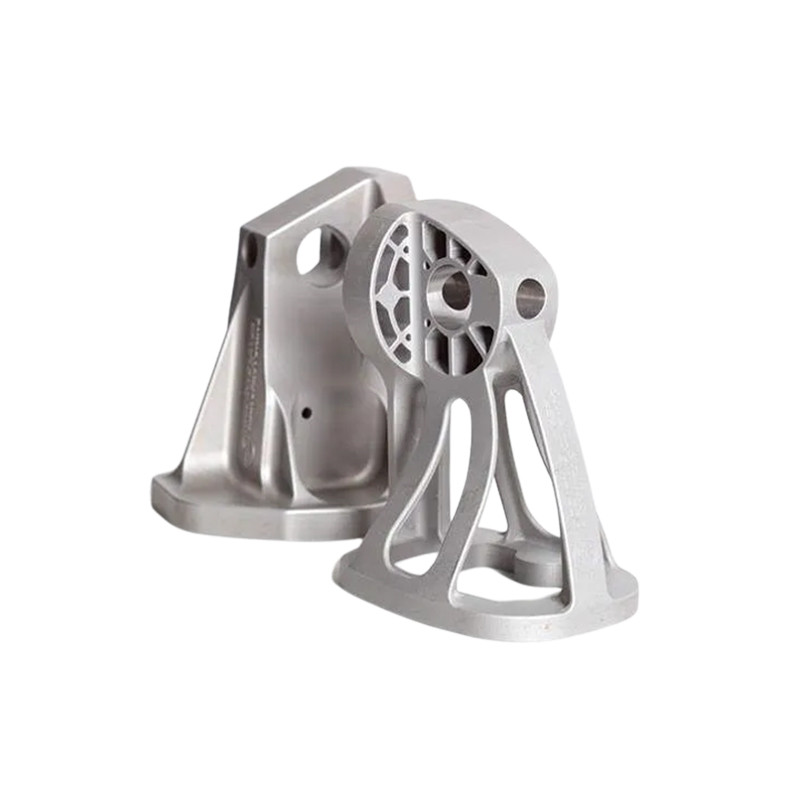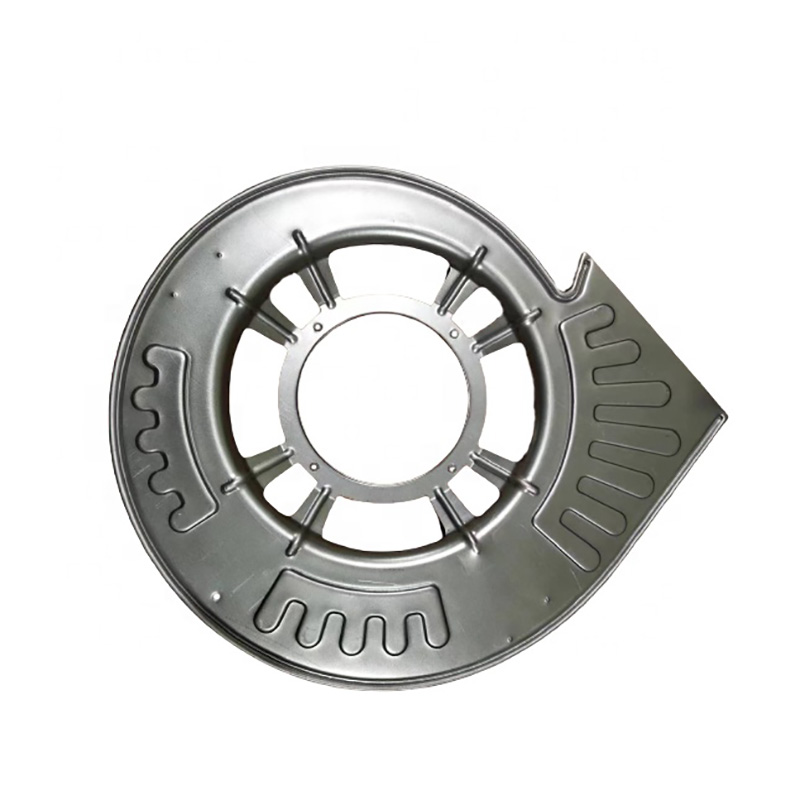

 ● Titanium: Titanium has become a popular metal 3D printing material due to its high strength-to-weight ratio and excellent corrosion resistance. ● Stainless Steel: Stainless steel is a strong and durable metal that is often used for 3D printed parts that require high strength, corrosion resistance, and excellent thermal performance. ● Aluminum: Aluminum is light in weight and has good thermal conductivity, making it a popular choice for components such as heat sinks that require both strength and heat dissipation. ● Cobalt chromium: Cobalt chromium is a bio compatible metal with excellent corrosion resistance and mechanical properties. It is commonly used in the medical field for the manufacture of orthopedic implants. ● Copper: Copper is a highly conductive metal with excellent corrosion resistance and thermal properties.
● Titanium: Titanium has become a popular metal 3D printing material due to its high strength-to-weight ratio and excellent corrosion resistance. ● Stainless Steel: Stainless steel is a strong and durable metal that is often used for 3D printed parts that require high strength, corrosion resistance, and excellent thermal performance. ● Aluminum: Aluminum is light in weight and has good thermal conductivity, making it a popular choice for components such as heat sinks that require both strength and heat dissipation. ● Cobalt chromium: Cobalt chromium is a bio compatible metal with excellent corrosion resistance and mechanical properties. It is commonly used in the medical field for the manufacture of orthopedic implants. ● Copper: Copper is a highly conductive metal with excellent corrosion resistance and thermal properties.
